Blunt Force Trauma: A Look At Cannabis In Horror

Marijuana and movies have a long history together. From propaganda to bit players to central themes, cannabis has found its way into countless films–notably horror.
While many movies rely on stoner stereotypes or heavy-handed comedy, many major and indie releases have found ways to creatively tap into the cannabis community, creating interesting characters and themes over the decades.
These are some examples of how pot has found its way into horror films over the years.
Welcome to Willits (2017)
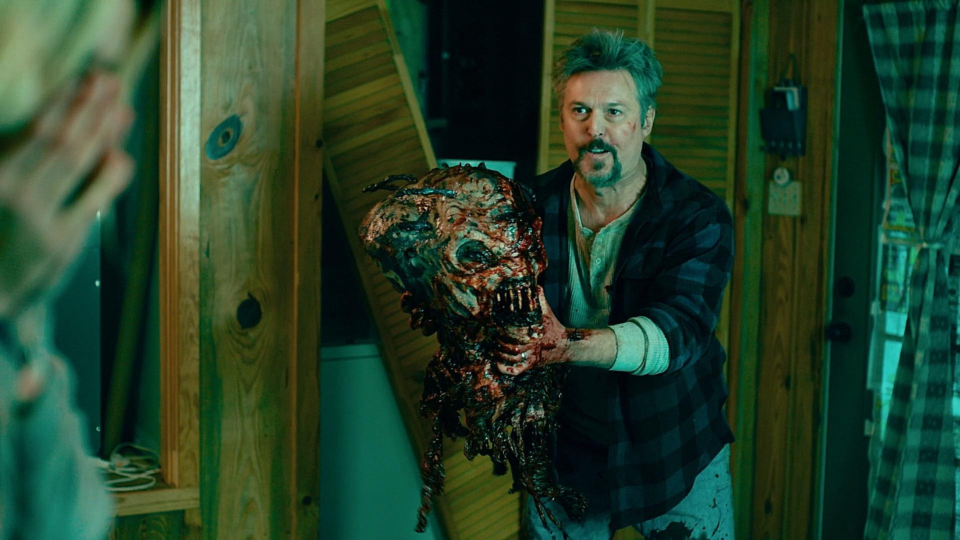
Northern California’s Emerald Triangle is the heart of high-quality cannabis in America. Known as one of the premier destinations for weed, the secluded, sparsely populated three-county region is also home to its fair share of crime, extending well beyond weed and into murder—which may or may not have been committed by Sasquatch.
Rather than explore much of the region’s lore, the horror-comedy Welcome to Willits goes down a sci-fi route, with lead character and drug producer Brock suffering from PTSD from a prior brutal encounter with aliens. Overall, Willits provided a unique take on a few played-out genres and tropes, delivering one of 2017’s best independent horror releases.
4/20 Massacre (2018)
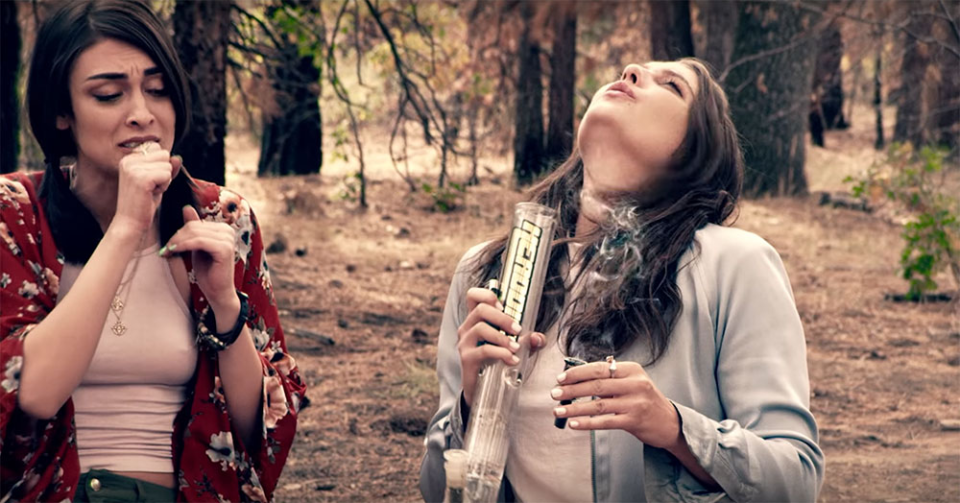
4/20 Massacre delivers on being a genuinely marijuana-focused movie. Five friends unknowingly set up camp on an illegal grow site in the woods to celebrate the 4/20 holiday. Soon after settling in, it doesn’t take long for the body count to start stacking up. Even then, the action falls flat.
Fans of violent kills may want to give this one a watch. Anyone looking for a well-rounded horror flick can pass on this one.
Evil Bong (2006)

Evil Bong is the most pot-centric plotline on the list. The comedy movie likely shouldn’t count as a horror franchise. But with its body count and plot centered on a murderously possessed bong, it must be considered horror. Right? Still, it does produce some fun and somewhat lives up to other Full Moon Features over the years, including the Puppet Master series.
The first entry in the franchise finds a bunch of college bros and their dorky new roommate acquiring Eebee, a possessed bong. Once home, Eebee doesn’t waste time trapping most of the roommates one-by-one in an alternate bong universe, which happens to be a strip club featuring killer strippers, one of whom is played by a Rock of Love contestant. Truly terrifying stuff it is.
The film spawned one of the more unlikely franchises in horror, totaling eight films and several spinoffs so far. They include King Bong (2009), Evil Bong 666 (2017), Evil Bong 777 (2017), and Evil Bong 888: Infinity High (2022). A Gingerweed Man spinoff film series began in 2021.
Cabin in the Woods (2011)
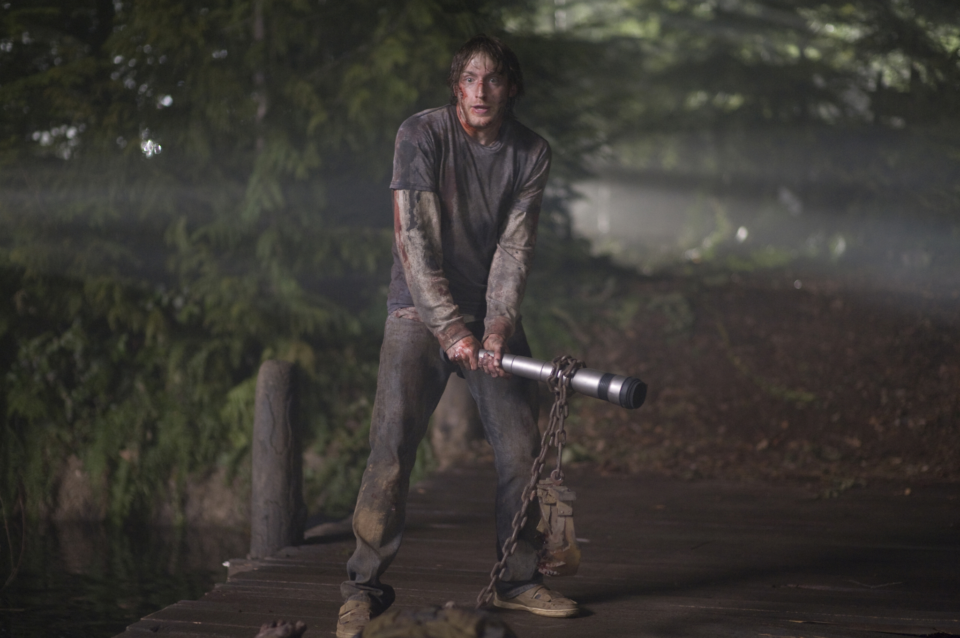
Marty carried the flag for marijuana enthusiasts in Drew Goddard’s refreshing horror release. At times, he fell into the stoner stereotypes and tropes. As the story progressed, we began to see that Cabin in the Woods was far from the standard horror offering—and so was Marty.
Rather than be the burnout who gets sliced up early on, it turns out that Marty was quite in tune with the world and what lay ahead. He wasn’t afraid to kick some ass with his bong, either.
Friday the 13th (2009)

Camping and smoking weed go hand in hand, like peanut butter and jelly or Takashi Miike and uncomfortable art. The Friday the 13th franchise has leaned into the pot connection several times. Part 3 had Chuck and Chili bringing weed to the festivities. In Final Chapter, Ted smokes some weed while getting down to a bit of special me-time that Jason ruins. And Freddy vs. Jason has the classic hallucination scene, but that’s best reserved for an article on psychedelics or pharmaceuticals.
The franchise’s best weed connection comes from the 2009 reboot. The plant helps set up for one truly piss-yourself-caliber moment. But the true standout is Chewie. Where Cabin in the Woods’ Marty helps buck narrow stoner stereotypes, Friday the 13th’s Chewie does the exact opposite. While mainly a one-dimensional stoner comedy character, Chewie is a likable enough character that meets one of the franchise’s more brutal deaths.
Blood Freak (1972)
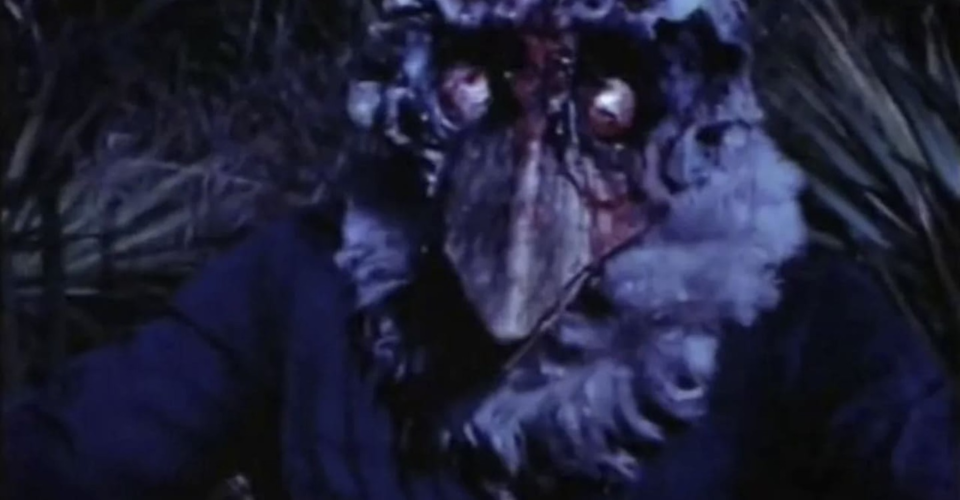
Playing into the war on drugs scare tactics, Blood Freak uses weed as part of main character Herschel’s downfall. Early on, weed plays a central role in his descent into becoming a chemical test subject with killer results. Had it not been for Ann and her friends pumping Herschel with pot, he would never have taken that job at the turkey farm where his life would change in numerous, hideous ways.
Over time, cannabis cravings are replaced with the urge to kill, which isn’t too much of a stretch from some of the earliest cannabis propaganda from decades earlier.
Last House on the Left (1972)
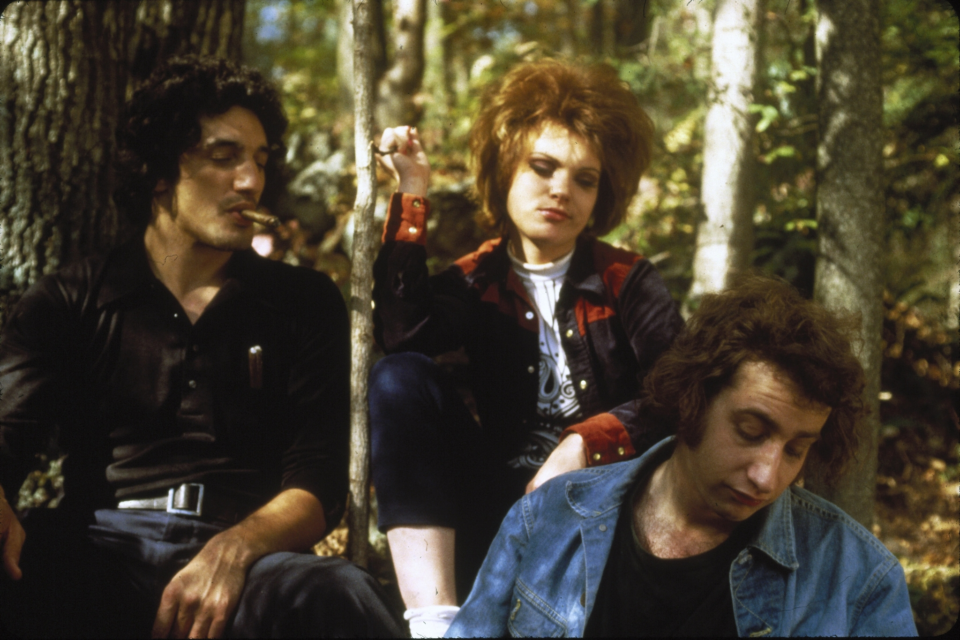
1972 gave us Last House on the Left, another film highlighting how pot was used as the catalyst for hellish happenings in people’s lives. Had Mari and Phyllis not gone out to seek marijuana, they would not have been picked up by Junior and forced into the brutal circumstances that created The Last House on the Left.
That bit of 1970s victim blaming helped fuel beliefs that marijuana can lead to dangerous consequences where death may not be the worst part.
Texas Chainsaw Massacre (2003)
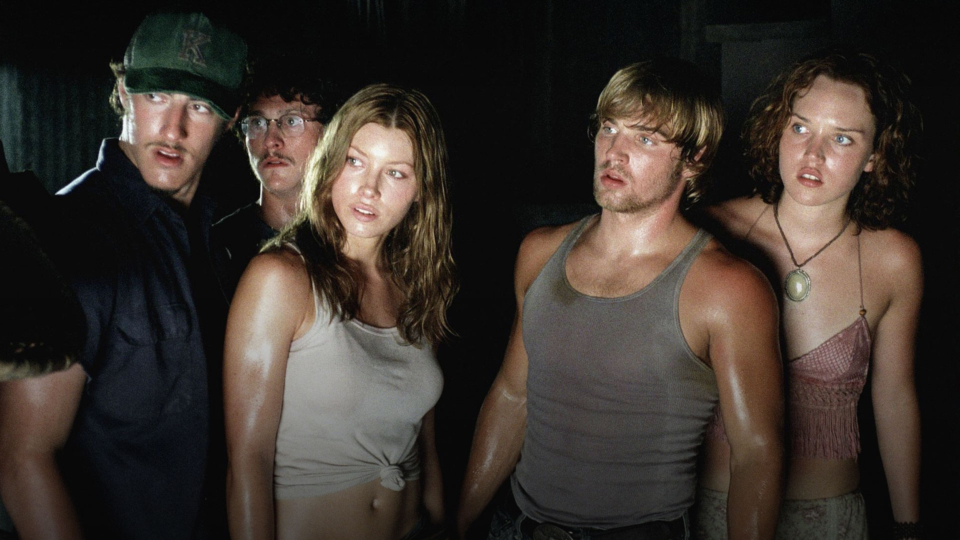
The Texas Chainsaw Massacre has two strong connections to cannabis. The 1974 original didn’t dive too much into marijuana in the movie. But actor John Larroquette recently confirmed that he was paid in weed to narrate the film’s iconic voiceover.
In the 2003 Marcus Nispel iteration, we find a group of friends on their way to a Lynyrd Skynyrd show after a stop in Mexico to pick up some pot. This time around, weed doesn’t put the kids in peril. That honor goes to the hitchhiker who meets their grisly end in the back seat of the van after her own encounter at the Hewitt house of hell. From there, Sheriff Hoyt introduces the survivors to Leatherface and all sorts of nightmarish encounters inside the house and the surrounding area.
Pot makes one more appearance during a moment of high tension, but otherwise isn’t part of the film.
Reefer Madness (1936)

We’ll wrap things up with the scariest horror film about cannabis. Today, we consider Reefer Madness a hilarious fictitious depiction of cannabis use, where lives are destroyed thanks to blackouts, violence, and in some cases, you may even play the piano a lot.
We now know that everything the film told us about cannabis was a lie. Violence is not synonymous with cannabis use. Nor are blackouts. On the other hand, you might have a strong desire to launch headfirst into artistic endeavors when high. So watch out for the piano.
Jokes aside, the true horror created from Reefer Madness and other propaganda films like Assassin of Youth continues to live on. The decades-long drug war continues to see thousands of Americans arrested yearly for cannabis. More often than not, these crimes are nonviolent. Statistics show that enforcement typically targets people of color despite similar use among all ethnic groups.
The damage created by propaganda like this even goes to the use of the word marijuana. Propaganda like Reefer Madness demonized the Spanish slang term for cannabis so much that many advocates now prefer to use cannabis, pot, or other terms because of the negative connotations now associated with marijuana.
Categorized:Editorials News
